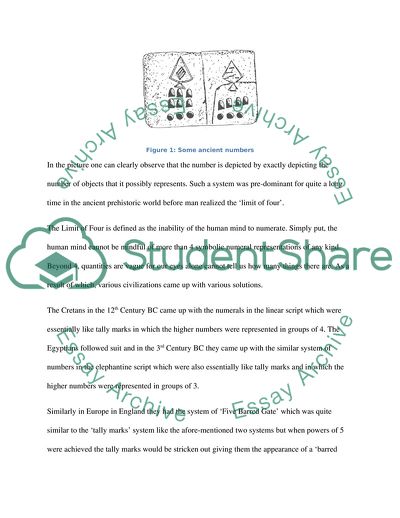History of Numbers: From Mynan to the Arabic Numeral System Coursework Example | Topics and Well Written Essays - 1750 words. https://studentshare.org/mathematics/1771980-the-history-of-numerals-from-mynan-to-the-arabic-numeral-system
History of Numbers: From Mynan to the Arabic Numeral System Coursework Example | Topics and Well Written Essays - 1750 Words. https://studentshare.org/mathematics/1771980-the-history-of-numerals-from-mynan-to-the-arabic-numeral-system.


